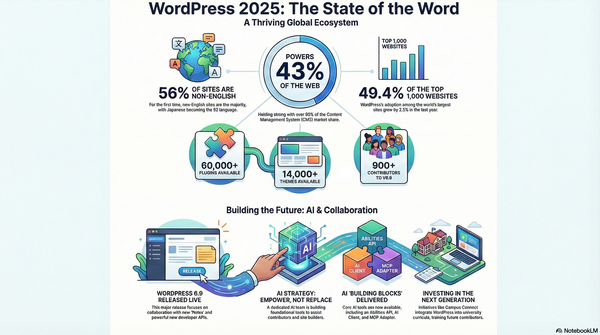The Power of SWOT Analysis: Transform Your Solo Business
As a solopreneur, have you ever wished for an outside perspective to identify blind spots in your business? That's where a SWOT analysis becomes your secret weapon.

As a solopreneur, have you ever wished for an outside perspective to identify blind spots in your business? That's where a SWOT analysis becomes your secret weapon. As a coach, we put a lot of emphasis on doing a SWOT analyses to help solopreneurs understand what is working, what could be improved, opportunities that they should considering to take advantage of, and red flags that could hurt progress in their business. Doing a SWOT analysis allows the business owner and us as the "coach" and "advisor" to ask the tough critical questions and break down specific challenges that could move the business forward. We have outlined each specific part of the SWOT and what to look for.
STRENGTHS
The strengths of the business are the areas of the business that is really excelling. In a SWOT analysis you are looking at your business as a whole. As a solopreneur, you are the business until you start adding more people to your team to help with operations. The focus here should be to understand where the business is strong, especially the revenue generating processes and systems of your business. Below are some high level key questions you want to be able to answer:
- What marketing tactics are working to get in front of potential customers?
- What is the conversion rate of each meeting?
- How easy is it to do business with me?
WEAKNESSES
Weaknesses, or gaps as we like to call it, are the areas of your business that need to be improved or changed to meet yours and the customers' standards. Usually for a solopreneur, most time the gaps of a business are in the areas that the owner does not have experience or even the time to execute in. If this is the case in a business, there is usually only three answers to the problem: up-skill yourself as a business owner, hire a team, or outsource that specific area of the business. The questions you want to ask at a high-level when it comes to the assessing the gaps of your business are:
- Where am I lacking in resources and skills?
- What processes are inefficient?
- Do I have a weak brand reputation?
OPPORTUNITIES
Opportunities are events, trends, technologies, and shifts in the economy that can be leveraged to help your business grow and hit your targets. Opportunities are timely and if you can anticipate opportunities to arise and prepare for them before they actually come to fruition, then you have created a unique competitive advantage for yourself as a business. Here are a couple of high-level questions you can ask when it comes to opportunities:
1. Is there new technologies I can adopt for my business?
2. What partnerships or collaborations could help expand the business?
3. Is there a niche that is not being served today that I could support?
THREATS
Threats are negative factors that could harm your business. Usually when solopreneurs think of threats, they go straight to thinking about their competition. Threats are not just the competition, it could be changes in your supply chain, technology, and even customer wants and needs. In our view, threats are just as much internal as they are external. Examples of this could be losing your potential star employee, using technology that is obsolete, etc. Most times, the real threats are happening right in front of you as a business owner that can cause your business to go under. Here are some key high-level questions that you can ask for your business:
- What are the most recent moves by our competitors?
- Is there new technology that could threaten or change the way we do business?
- How could our gaps (weaknesses) threaten our business as a whole?
This breakdown of a SWOT analysis should help you as a solopreneur or a seasoned business owner should be able to help you get started in really taking a hard look at the way your business is operating. We typically find solopreneurs who fall into these categories:
- The solopreneur need help with the planning and execution of their business plan and SWOT analysis.
- The solopreneur feels like there is a lot of pressure to come up with the strategy on their own and avoids planning altogether.
- The solopreneur completes their SWOT analysis and loses direction on the execution after hitting a brick wall.
It is common and okay if you fall into one of these categories. You are in business for yourself, but you are far from being by yourself.
If you need an outside perspective to help identify blind spots in your business, schedule time with us HERE!
Together, we can build your path to becoming a successful business owner!
Sean Banks, is a Texas-based business coach and writer. He recently joined the Marketing Junto editorial team to help provide some actionable content for our readers. Find out more and get schedule a discovery call with Sean and his team.





